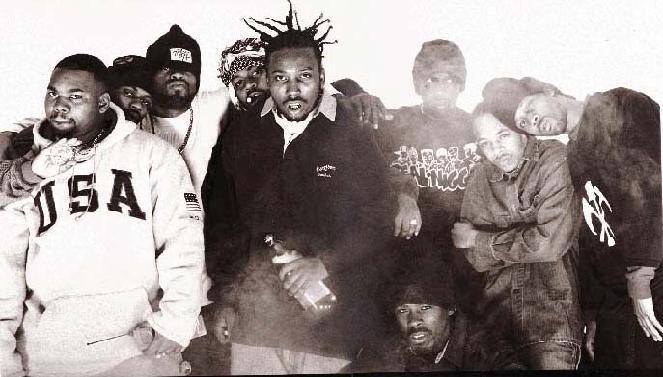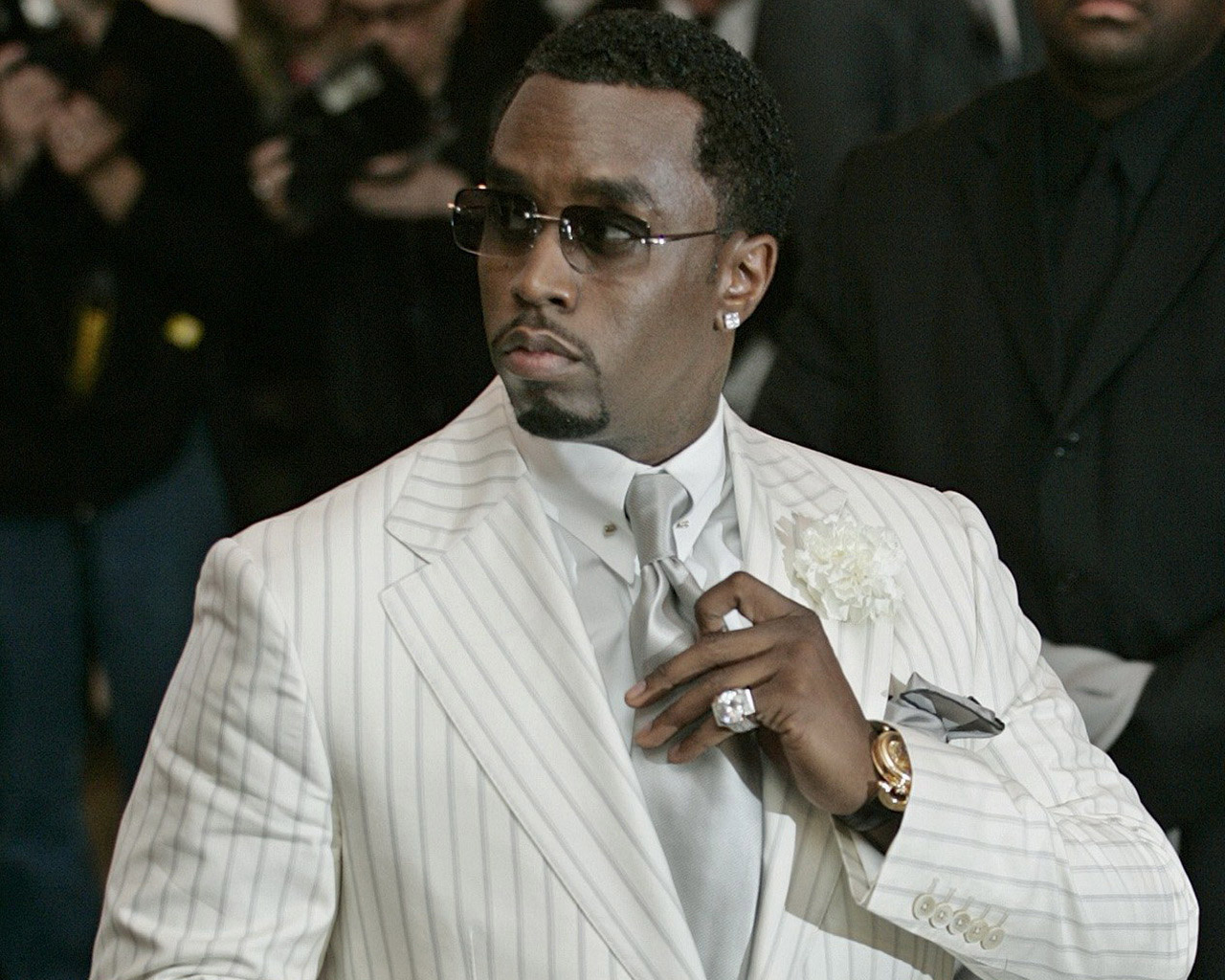

There are
many topics that are connected to hip hop artists and hip hop content.
Reoccurring themes like money, cars, women, politics, and every other thing you
can think of has been addressed by your favorite rapper on a song. It’s hard to
think about certain emcees, and not tie in various associations to them that
compliment their overall brand. One prevalent theme that has a major effect on
the hip hop culture is drugs. Throughout the history of hip hop there have been
various drugs especially illegal ones receiving recognition. A drug in
particular that fits this description is the substance of cocaine.



Cocaine has
been referenced in hip hop since the emergence of the genre to the mass public.
Various New York rappers from the early 1980s have implemented the drug in their
stage name. Rap’s first popular solo artist Kurtis Blow whose real name is
Kurtis Walker, used “Blow” as his last name because the word is a slang term
for cocaine in its powdered form. Another slang term for powdered cocaine is
the word “Ski.” Other New York entertainers in rap’s early stages like Love Bug
Starski and Busy Bee Starski also used the term in their moniker. Legendary
emcee Grandmaster Melle Mel, who is a rap pioneer, even made a signature song
about cocaine entitled “White Lines (Don’t Do It).” This record that was
released in 1983, spoke against the dangers of cocaine addiction and drug
smuggling. The anti-drug hit also peaked at No. 47 on the Billboard Hot
R&B/Hip Hop Singles and Tracks Chart in the same year.


In 1984,
there was a new form of cocaine that infiltrated inner-city America in great
numbers. Crack became the new drug that hit the market as a freebase form of
cocaine that could be smoked since it can only be snorted when it’s powdered.
Crack cocaine instantly became the ultimate substance that ruled the drug trade
in inner-cities from the mid 1980s on into the 1990s. Drug dealers who sold mass
amounts of crack cocaine like “Freeway” Ricky Ross and Rayful Edmond III became
iconic figures in the ghetto like popular rap stars during this era. Rappers
even until this day have mentioned and romanticized the lifestyles of crack
cocaine drug lords in their storytelling songs. Emcees like LL Cool J and
Run-D.M.C., who were prominent entertainers during the rise of crack cocaine,
emulated the flashy apparel of drug dealers from their neighborhoods. Items
like fedora hats, gold dookie rope chains, and velour jumpsuits became
fashionable for rappers and fans of rap music.
Transitioning
into the late 1980s and the early 1990s saw the rise of gangsta rap to the
genre in the mist of the crack epidemic, which was from 1984-1990. Through this
style of music, rappers started to glamorize selling crack as fictional drug
dealers in their songs. Some of these artists started to associate themselves
with drug dealers and gangsters who were considered “street legends” from
selling crack for more street credibility. The connection between rappers and
drug dealers was inevitable in an art form that is in love with money. Since
the lifestyle, fashion, and idolization of drug dealers was brought forth to
the mainstream in rap, it was only a matter of time before these same people
wanted to try their luck in a new field.
As the 1990s
were in progress, some of these same “street legends” saw how lucrative the rap
business was, and wanted a piece of the pie also. Drug dealers and felons who
sold crack on the gritty streets of the ghetto started to hang out with rappers
more frequently. They took on the roles of security guards, street entourages, and
label backers as muscle for the rap stars. Becoming managers, promoters, and
executive producers also helped to make the rap game the new crack game. Drug
money started to fund studio time for up and coming emcees who wanted to
fulfill their rap dreams. Successful rap labels like Ruthless and Roc-A-Fella
Records gathered their financial resources from crack and other drug sales to be
viable entities in the industry.






Even rappers
in the 1990s acted like respected drug dealers with securing various deals in
the music industry. A real successful drug seller in the crack epidemic had
multiple drug spots where they would receive their financial gain. Rappers
started to further increase their tax bracket with the different ways they made
money through various avenues. Sources of income like endorsement deals with
shoe and clothing companies, acting in movies, and owning record labels
diversified the overall brands of rappers as entertainers. Rapper/producer RZA,
who is a member and founder of The Wu-Tang Clan, operated like a crack dealer
with numerous drug spots. He helped to bring forth multiple record deals with
different labels for his group members at the height of the entity’s popularity
in the mid-late 1990s. Planting seeds at the top rap labels at the time like
Def Jam, Epic Street, and Elektra Records conveyed the hustler’s spirit in RZA
as a business man. As a person himself who sold crack before his music career
began, one can say that he successfully made the transition from the streets
into the entertainment field with the same money making mentality. Other music
moguls like Russell Simmons, P. Diddy, and Master P facilitated in taking rap
into another dimension with endless possibilities financially from having
several businesses. Becoming more than just an emcee, and putting forth a great
effort into other ventures in the 1990s going into the 21st Century
showed the evolution of rappers in the business arena.



The 2000s
and 2010s has and still displays mainstream rap artists as people who can “bust
a flow” and wear a suit in business meetings. Although emcees still tell
exaggerated stories about selling cocaine in their music, the net worth of
these people is even greater than ever in this legal industry. Two particular
rappers who currently embody the change from corner to corporate hustling are
50 Cent and Jay-Z. These native New Yorkers have played an integral part in the
elevation of how much a rapper can gross financially. Both entrepreneurs sold
drugs while crack was in high demand on the East Coast. They also grew up in
impoverish neighborhoods in New York City before becoming rap superstars. Forbes, which is a magazine that provides
information about all money matters, annually ranks the wealthiest artists in
the rap genre. Jay-Z and 50 Cent have both made it to the top five of this
specific ranking for the past several years. 50 Cent whose real name is Curtis
Jackson grew up and sold drugs in the rough Queens neighborhood of South
Jamaica. This is the same section that the infamous drug trafficker Kenneth
“Supreme” McGriff came from and ran a crack distribution empire at in the
1980s. Mr. Jackson reached #5 on the Forbes
Hip Hop’s Wealthiest Artist List for 2013 with an estimated net worth of $125
million. His huge earnings from the sale of the energy drink Vitaminwater in
2007, which gave him $100 million after taxes, is arguably the main reason why
he’s on this Forbes list year after
year. Other businesses like his SMS Audio headphones and his SK Energy shot,
which is second in the market only to the 5-Hour Energy brand, keeps him
“rolling in the doe” as a business man.



Jay-Z whose
government name is Sean Carter was raised in Marcy Houses, which is a housing
project of the Bedford-Stuyvesant neighborhood in Brooklyn. Before the release
of his debut album in 1996, Jay-Z sold drugs in the town and states of Trenton,
New Jersey, Virginia, and Maryland. He hustled the drugs of crack and opium
from the late 1980s until 1995, which is a year before he gained some
mainstream popularity as an artist. His rise as an entrepreneur emerged in 1995
when started his own record label entitled Roc-A-Fella Records with business
partners Damon Dash and Kareem Biggs. Achieving a major distribution deal with
Priority Records in 1996 helped him to put out his 1st album Reasonable Doubt, which garnered some
commercial success. Gaining more mainstream success as an artist in the late
1990s helped him, Dash, and Biggs start the popular Rocawear clothing line in
1999. His sale of his share in the company in 2007 earned him $204 million.
Even after all three of them sold their interests in Roc-A-Fella Records in
2004, Jay-Z went on to still pursue other business ventures. Deals like his
$150 million agreement with the entertainment company Live Nation, starting his
new Roc Nation record label, and having a stake in the multi-purpose facility
of the Barclays Center in his hometown of Brooklyn keeps Mr. Carter busy. He
captured the #2 spot on the Forbes
Hip Hop’s Wealthiest Artist List for 2013 with an estimated net worth of $475
million. Jay-Z is also the only rapper to ever grace the cover of the Forbes with the business tycoon Warren
Buffett in 2010. Warren Buffett is one of the richest people in the world with
a net worth of $53.5 billion. Overall I find it very interesting that a person
like Jay-Z, who is an African-American man that sold crack in the USA, graced a
magazine cover with a person who comes from a totally different background than
him. Buffett is the son of a former U.S. House of Representative from the state
of Nebraska, while Jay-Z is the product of the New York City housing projects
system. Jay-Z’s ascension shows that anyone can achieve the American dream no
matter where you come from.
Without hip
hop’s connection to the drug of cocaine rather it be in its powdered or crack
form, one can question how the genre would’ve evolved as a whole especially
with being a launching pad into other businesses. In a society that’s
infatuated with sex, drugs, and violence through all mass mediums, hip hop will
continue to maintain the theme of cocaine and other addictive substances since
it resonates with a wide body of people.
Really I enjoy your site with effective and useful information. It is included very nice post with a lot of our resources.thanks for share. i enjoy this post. how long does cocaine stay in your system
ReplyDeleteDuring the Crusades the city states of Venice and Genoa had hired out their fleets for the transportation of the Crusader armies.
ReplyDeletehemp seeds cannabis usa
My toddler daughter loved seeing them grow, and we even bought her some books about how pumpkins grow for her daycare.
ReplyDeleteus cannabis hemp seeds for sale